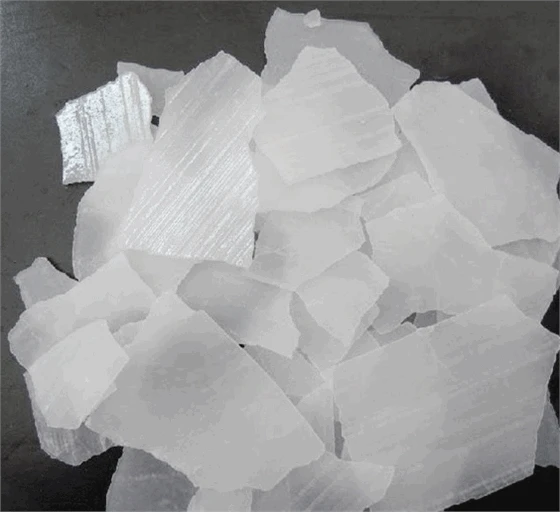



solid lead nitrate
Solid Lead Nitrate Properties, Applications, and Safety Considerations
Lead nitrate, chemically represented as Pb(NO3)2, is an inorganic compound that assumes the form of colorless to white crystalline solids. This compound has garnered attention in various fields, including chemistry, environmental science, and materials engineering, due to its unique properties and diverse applications. The focus of this article is to explore the characteristics, uses, and safety considerations associated with solid lead nitrate.
Chemical Properties and Structure
Lead nitrate is a lead salt that consists of lead ions (Pb²⁺) and nitrate ions (NO3⁻). The structure of lead nitrate is characterized by its ionic bonding, where lead ions are surrounded by nitrate ions in a crystalline lattice. It is soluble in water and alcohol, enabling it to be used in numerous aqueous applications. Its molar mass is approximately 331.2 g/mol, and it decomposes upon heating, releasing nitrogen dioxide (NO2) and oxygen (O2), which makes it an important source of nitrogen oxides in controlled chemical reactions.
Synthesis of Solid Lead Nitrate
The synthesis of lead nitrate typically involves the reaction of lead oxide (PbO) or lead carbonate (PbCO3) with nitric acid (HNO3). This neutralization reaction produces lead nitrate along with the release of water. The chemical equation for the synthesis can be represented as follows
\[ \text{PbO} + 2 \text{HNO}_3 \rightarrow \text{Pb(NO}_3\text{)}_2 + \text{H}_2\text{O} \]
Once synthesized, lead nitrate can be crystallized out of solution by cooling, allowing for the formation of solid crystals that can be further processed or utilized in various applications.
Applications of Lead Nitrate
Lead nitrate serves as an essential reagent in both laboratory research and industrial applications. Some of its primary uses include
solid lead nitrate

1. Chemical Synthesis Lead nitrate is often employed in organic and inorganic synthesis processes. It serves as a precursor for synthesizing lead oxide pigments or other lead compounds.
2. Photography Traditionally, lead nitrate has been utilized in photographic processes, particularly in the formation of light-sensitive materials.
3. Explosives and Pyrotechnics Due to its oxidizing properties, lead nitrate is frequently found in the manufacture of explosives. When combined with various fuels, it facilitates the combustion process, making it useful in fireworks and other pyrotechnic products.
4. Glass and Ceramics Lead nitrate is added to glass materials to enhance their refractive index. It is also used in the production of lead-based ceramics, which exhibit unique electrical and thermal properties.
5. Agricultural Use In some cases, lead nitrate is employed as a specialized fertilizer. However, its use in agriculture is increasingly scrutinized due to environmental concerns related to lead contamination.
Safety Considerations
Despite its valuable applications, lead nitrate poses significant health risks due to the toxic nature of lead. Chronic exposure can result in lead poisoning, affecting the nervous system and causing developmental issues, particularly in children. Therefore, comprehensive safety protocols must be established when handling this compound. Personal protective equipment (PPE), such as gloves, masks, and goggles, should always be used to minimize exposure. Additionally, proper storage and disposal methods must be observed to prevent environmental contamination.
Conclusion
In summary, solid lead nitrate is a compound that plays a multifaceted role across various fields, thanks to its chemical properties and ability to participate in diverse reactions. However, the risks associated with lead toxicity necessitate careful handling and consideration of environmental impact. As industries evolve and prioritize sustainability, the future applications of lead nitrate will likely undergo further scrutiny, promoting the development of safer alternatives without compromising efficacy. Understanding its properties and applications remains essential for those engaged in fields where this compound is relevant.
-
Why Sodium Persulfate Is Everywhere NowNewsJul.07,2025
-
Why Polyacrylamide Is in High DemandNewsJul.07,2025
-
Understanding Paint Chemicals and Their ApplicationsNewsJul.07,2025
-
Smart Use Of Mining ChemicalsNewsJul.07,2025
-
Practical Uses of Potassium MonopersulfateNewsJul.07,2025
-
Agrochemicals In Real FarmingNewsJul.07,2025
-
Sodium Chlorite Hot UsesNewsJul.01,2025










